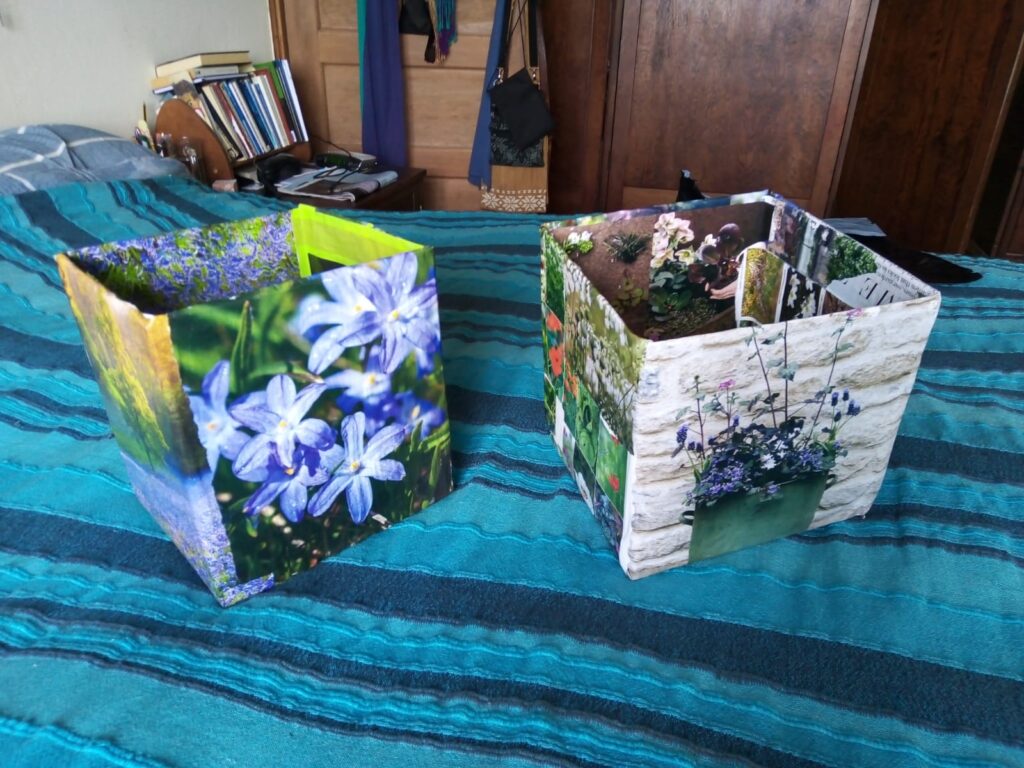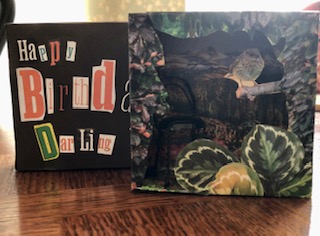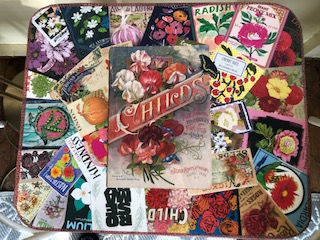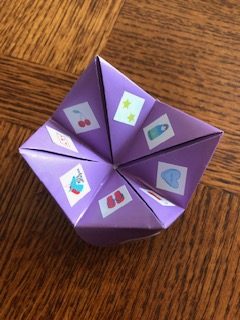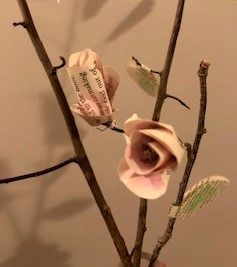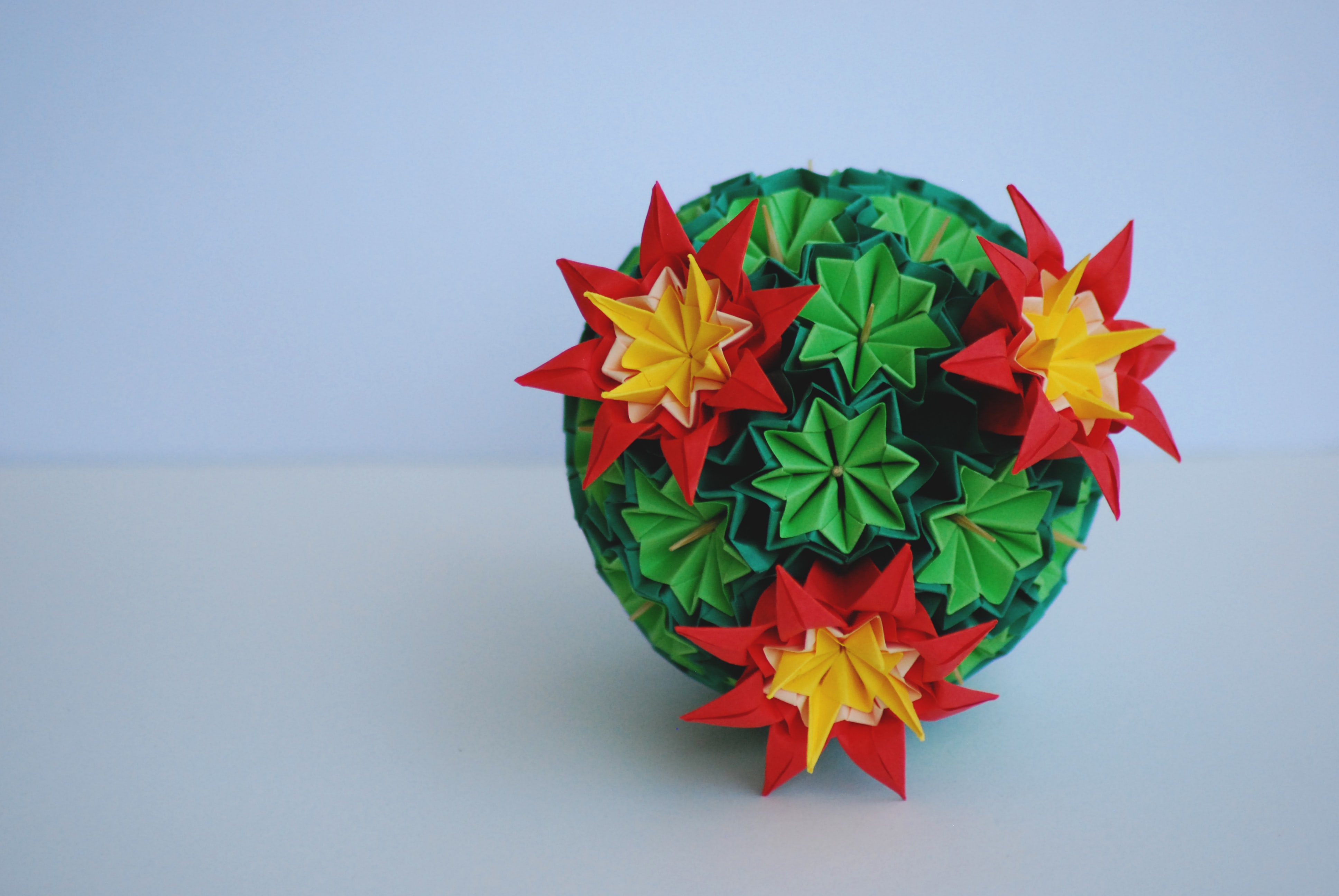At last, I have found a word that expresses my particular obsession: with all things to do with paper and related products. In my case, these include pens, pencils, ink and art supplies – but paper is my first love.
In this digital age, such a passion seems at best quaint and at worst reactionary. Who needs a book when you can read a tablet? Who needs beautiful stationery when you can send an email? And as for entertaining yourself with paper, how could it compete with the endless variety of Instagram?

Before casting me into the role of Luddite, I should let you know that I hugely value the convenience and sheer magnitude the cyber world. I’m writing this on my laptop, send endless emails, learn Italian on-line and like nothing better on a rainy afternoon than to indulge in endless YouTube videos showing you you how to make stuff. Because for me, the Internet is a valuable tool, but for beauty and inspiration, I like something more concrete.
Sending love
Despite the postal service doing its damnedest to put us off ever sending anything, (from which I preclude my darling postmen), most of us like nothing better than a letter or card sent in the mail. An actual letter will be read and read again and when I reply, I can remind myself to ask after developments in their news.
A card can be perched on the window sill and remind us that we are remembered and cared for, days or even weeks after the date of celebration. My mother’s mantelpiece and countertops are filled with greetings on her 90th birthday. One cannot feel lonely surrounded by such signs of affection.
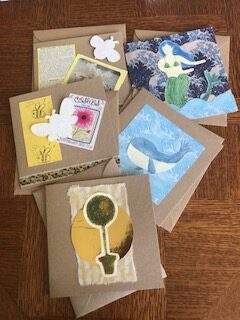
Image: Karen Costello-McFeat
Of course, I cannot resist the chance to make cards and where possible to match them to the recipient. And if anyone makes one for me, it will be cherished long after the wrapping paper has been recycled.
Paper meditations
Yes, you read that correctly! Papers can be used as a form of meditation. The attention required is likely to expel all other thoughts from your mind. Ideal for this is the Zen craft of origami. Since it requires no creative thinking, only a very intense attention to detail in following instructions, it is the very best way to filter out the chattering of the monkey brain.

There may be quite a lot of paper wasted, as you fold the wrong way or struggle with instructions. Just as in life, things don’t always go to plan, but in origami, we learn to keep on trying until we succeed. As an incentive, origami papers (especially the Japanese ones) are the most exquisite papers around with elegant designs in rich, opulent colours. Simply looking at them is a joy.
Paper play
I haven’t been very well these last few weeks and when not in bed have been on self-imposed house arrest to avoid spreading my germs. When awake enough, I have indulged in my latest paper fetish: junk journaling. I came across it on the Internet and suspect I have found my calling. Junk journaling (or scrappy crappy journaling as my husband refers to it) uses papers you have to hand, magazines and packaging to create exquisite journals with all sorts of interactive elements. It is no holds barred paper play and includes book binding and repurposing old books – in other words, heaven.

My box contains some of the additional elements you can add to your journal pockets and spaces: a mini memory book, pretty envelopes, a wallet and posh pockets for ephemera. If you’d like to learn how to make these things, I’d recommend the expert from Treasure Books on YouTube. Tutorials are free and endlessly inspiring.
And when you get even more serious, you can start to make and bind your own books. Below are some of my early attempts: a cookery journal with staple binding; a travel journal with stitched binding and a triangle book I copied from one I had been given. This has a sort of concertina paper fold.
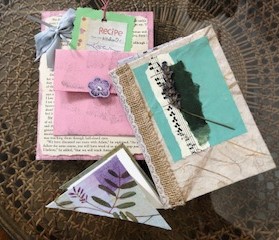
Practical papers
The best part of all of this is that you can make things to use or give as little gifts and favours and which cost nothing but time. It is completely bespoke, so my travel journal contains tickets and maps and sketches from our trip, as well, of course, as a written account of our travels.
I shan’t go into details, now, but perhaps I shall in future when I get a little more competent. I’ve also started getting seriously into repurposing books – watch this space.
Sensory fulfilment
Our senses are vital to our well-being. Jon Kabat-Zinn has just written a book about it, but what I know already is that if we deprive our full sensory self, we deprive our deepest self.
The digital world is primarily visual – but in a false, pixilated form. Convenient, but not conveying the rich intensity of a brush stroke. It can contain music and voice too – but again – no matter how good, it is disembodied. I doubt anyone who has gone to see a live performance would quibble that, in terms of satisfaction, the live show is far more satisfying than watching the video.
For me, creating with papers and colours fulfils the spectrum of my sensory needs. I love choosing hues that complement each other; papers textured with flowers or a thick grain; the smell of old books and new. Handling the paper, folding, cutting and shaping it, allows my hands to work in harmony with my material. The hush while I work is itself soothing.
Though paper is edible, I have not tried it!
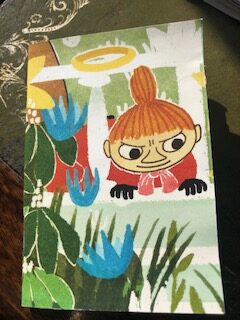
So before you throw that card or paper away into the recycling box, consider how it might be reincarnated into something new. Start with a card or a tiny note book and soon, I think you’ll find, that you are as addicted to paper as I am.









